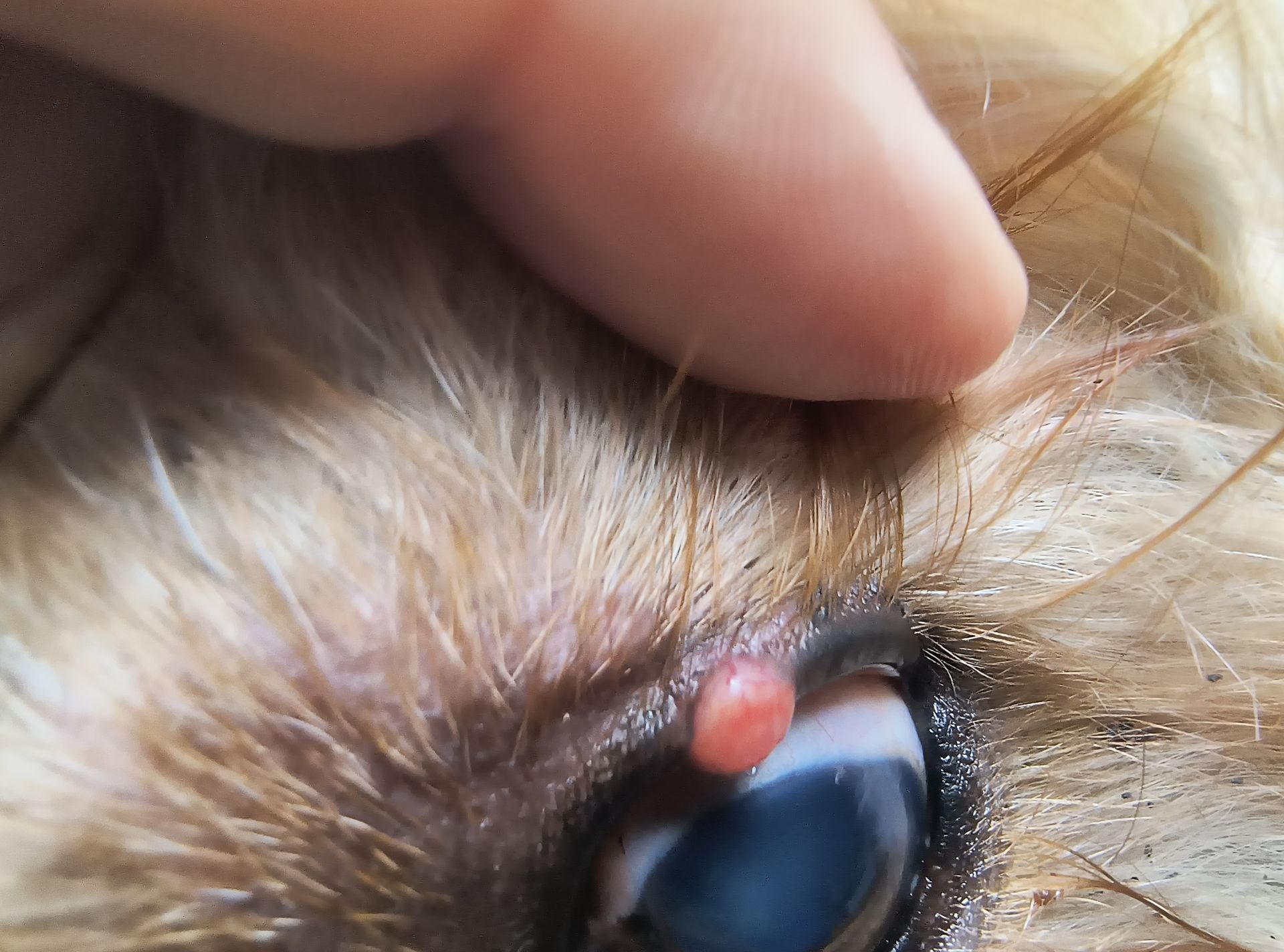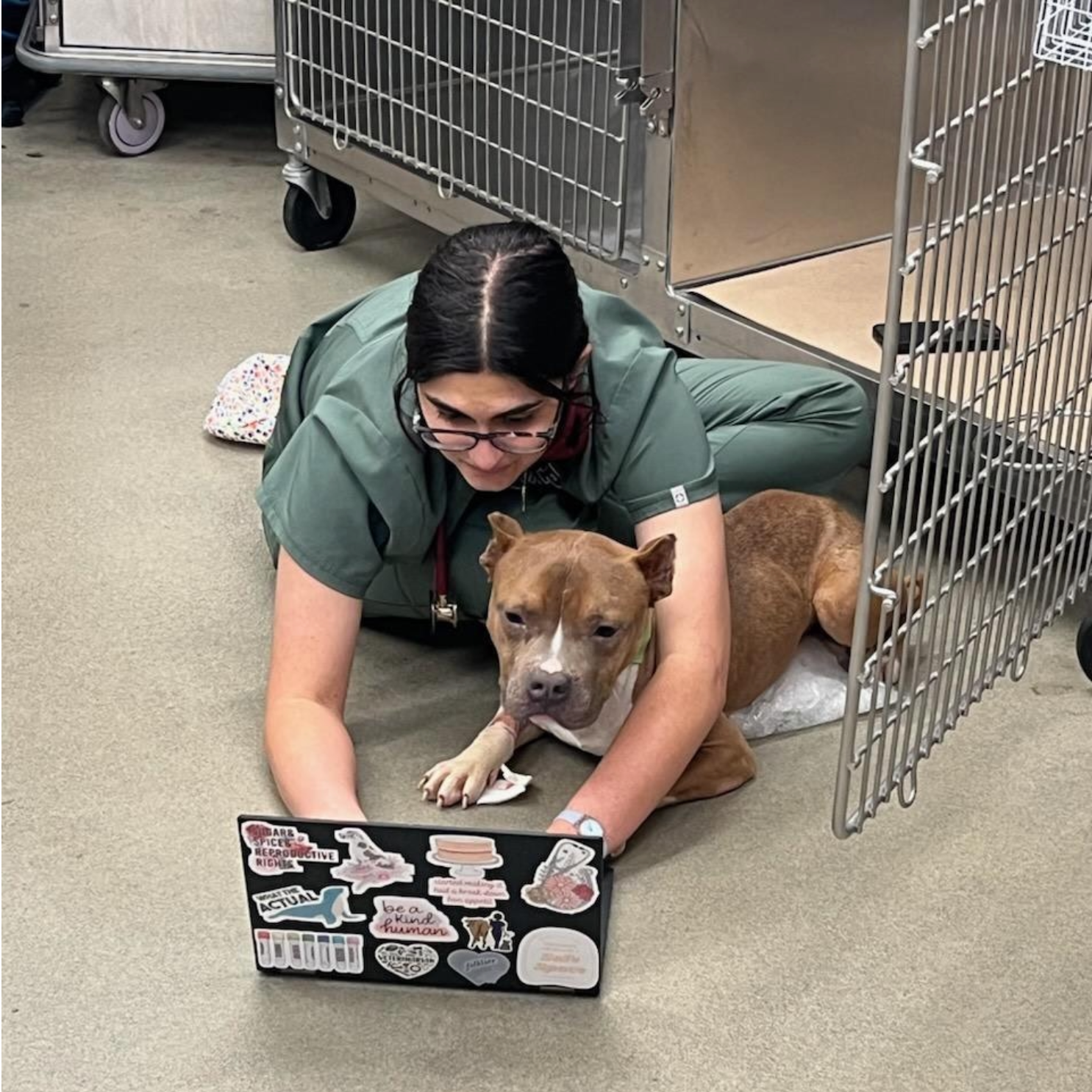Eyelid Masses

Eyelide Masses
Eyelid masses are common in dogs. They typically develop in older dogs but can occur at any age. They can be detrimental to your pet’s health and quality of life but fortunately most of them behave in a benign way and do not metastasize to distant areas of the body. Eyelid masses do usually enlarge with time resulting in structural and functional changes to the eyelids and irritation to the surface of the eye (cornea). Very occasionally, eyelid masses are malignant and therefore should be addressed early to prevent complications. Early identification and complete treatment can prevent additional problems such as self-trauma, ulceration, or opacification and inflammation of the adjacent ocular tissues.
What are the most common types of eyelid masses in dogs
The top three most common canine eyelid masses are:
- Meibomian gland adenoma and adenocarcinoma: These masses arise from Meibomian glands, which are specialized glands that line the upper and lower eyelids. Meibomian glands secrete oily substances that help keep the tear film healthy. Masses arising from Meibomian glands are often seen protruding from the eyelid margin. They can appear pink, lobular, and often have varying degrees of pigmentation. Large masses can often bleed and ulcerate.
- Melanoma: There are two types of eyelid melanomas in dogs. The first type arises from the eyelid skin and typically occurs as a single protruding smooth pigmented mass that can easily be removed surgically. The second type arises from the pigmented eyelid margin and is flat and broad, and tends to expand in all directions. This type is more locally invasive and can require removal of large portions of the eyelid margin. Alternative therapies such as cryotherapy and topical chemotherapy can also be utilized. Additional therapies such as cryotherapy and in some cases, chemotherapy may be necessary.
- Papilloma: These masses are often viral in origin, and they vary in color from white to pink to pigmented, and tend to appear as pedunculated and cobblestone-like masses. They occur more commonly in young dogs but can occur in dogs of any age. In young dogs, they can regress without treatment.
How do you diagnose and treat eyelid masses
Due to the potential for irritation, growth, and potential discomfort, surgical removal of eyelid masses is often indicated. Small masses in cooperative dogs may be removed with just local anesthetic, while large masses or masses in anxious dogs often require general anesthesia and surgery. After removal, the eyelid mass should be submitted in pathology to obtain a definitive diagnosis and to determine if additional therapy is necessary.


